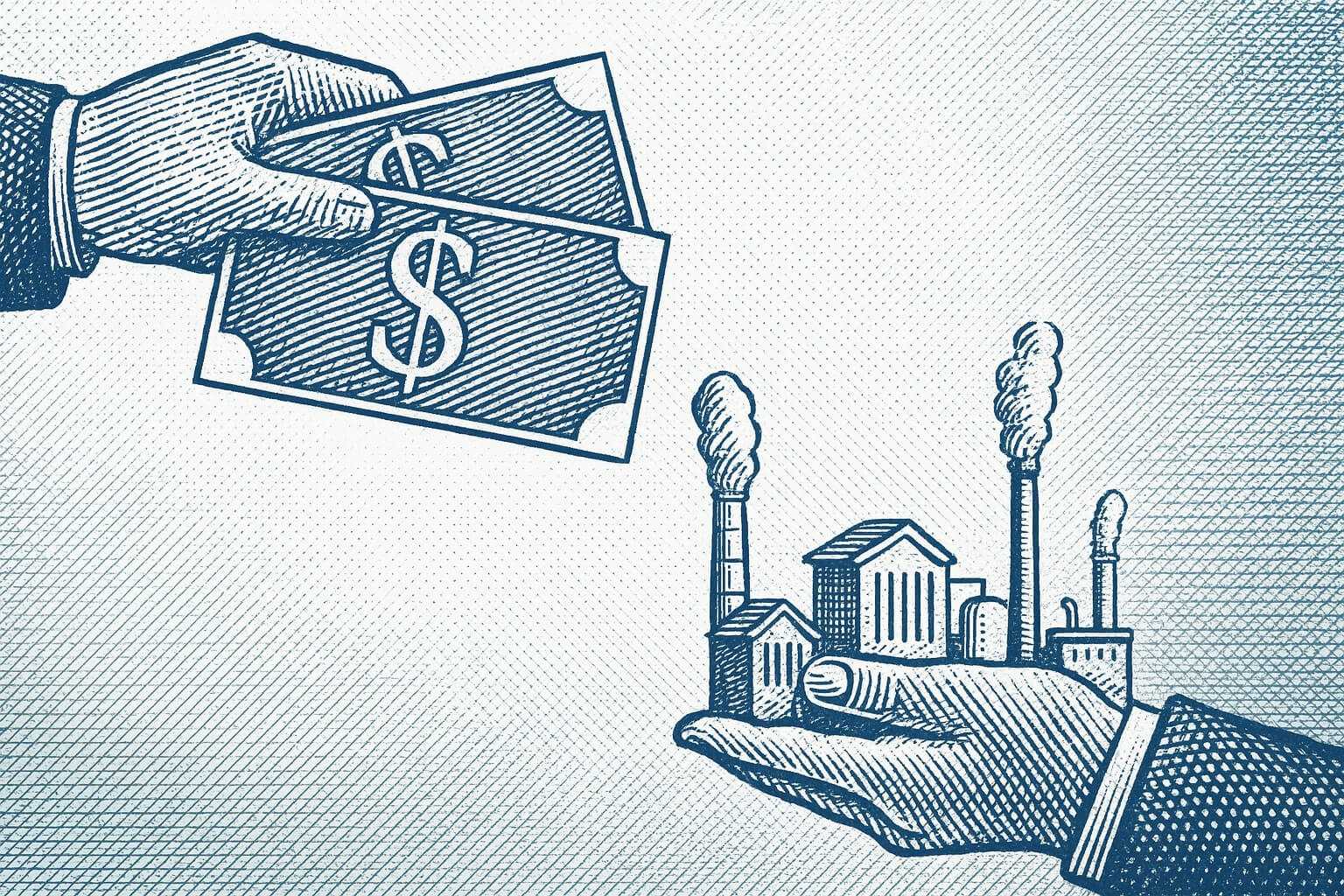
An In-Depth Guide to Selling a Manufacturing Business (+ Info on Navigating New Tariffs)
In-depth guide to selling your manufacturing business—from valuation and exit prep to negotiation. Plus, how new tariffs may impact your company’s valuation.
M&A came to a screeching halt in early March as investment professionals around the globe quickly transitioned to portfolio company preservation mode. With five months of crisis operation management under their belts, those same investors and their management teams are now starting to reflect on what happened in an effort to be better prepared for the future. Ernst & Young’s NextWave Private Equity Podcast recently discussed just how difficult the practicalities of this planning process can be. How do you incorporate resiliency into an operating model built for efficiency without sacrificing growth?
Since 2010, macroeconomic growth has been relatively stable and slow, especially in the US and other developed markets. Predictable top-lines with limited upside potential encouraged corporate management teams to prioritize efficiency gains in their operating model. Returns on equity were maximized by applying Six Sigma principles across whole organizations and optimizing capital structure.
The leanest possible operating models were achieved through supplier consolidation to unlock the best pricing, leaning heavily on outsourcing to cheap foreign production, and overall high capacity utilization. Predictable financial results and low interest rates also encouraged high leveraging of corporate and PE operating models to maximize ROE. All of this red-lining was perfect for a stable environment, but the disregard for resiliency had major negative ramifications when COVID created unprecedented demand shocks.
COVID instigated a nearly complete cessation of business activity, with a steep demand shock and major global supply chain disruptions. The organizations best suited to pivot and weather the storm were those with more diversified supply chains, variable cost structures, and less financial leverage.
Having more suppliers from various countries had fallen out of favor for incurring higher expenses, but those production models became very valuable as the virus lockdowns rolled the world at varying times and severity. Outsourced service centers make it far easier to quickly adjust expenses, but in-house functions had grown more popular due to efficiency at scale. When business ground to a halt, these less nimble cost structures resulted in massive overhead that could not be shed with any ease.
A move toward antifragility became very popular in industries like banking following the 2007-08 crisis, but many board rooms and management teams clearly considered that a sector-specific black swan event. That mindset helped fuel a more drastic crisis today for numerous companies, and that context informs the conclusions to be drawn from the developing situation.
Consider a producer of a basic good, such as cleaning supplies, in contrast to a supplier of restaurant or hospitality supplies. These two cases have radically different demand outlooks for the foreseeable future. The basic goods supplier has an opportunity to ramp up production, but that change in scale may require a change in capacity that cannot be sustained when demand normalizes. Alternatively, suppliers of more distressed industries are faced with ongoing outflows under the current model, but reacting drastically today could hamper their ability to take advantage of inevitable recovery.
EY’s contributors speculate that there are several shifts that are quite likely to take place. Private equity reacted very quickly. Rapid expansion of liquidity built for portfolio companies and moves toward a larger cash buffer will probably become more common. Increased respect for tail events and cash flow unpredictability is likely to motivate deleveraging, reversing a several year trend. The value of real estate is likely to be challenged, especially as a distributed workforce has been enabled for nearly six months successfully for many companies. We can also anticipate the acceleration of manufacturing source fragmentation away from China. Finally, there may be increased preference for outsourced back-office and administrative functions (in the same manner that payroll is commonly managed), especially among lower middle-market businesses.
The changing environment also has fascinating ramifications for secondary and tertiary companies in the value chain. Demand shocks for specific goods and services are apparent in many cases, but the knock-on effects for these firms’ vendors is less clear. There is a time lag in demand along the supply chain, and management teams along the chain will be forced to grapple with the same issues in reaction to the operating strategies implemented by primary companies.
The COVID-19 crisis exceeded the understood potential for risk, in that it has been a much deeper and more rapid cessation of economic activity. Whichever lessons are gleaned must consider whether major tail events are something that occur every 10-20 years, rather than once-in-a-lifetime, as many thought before 2007. The next several years will require management teams, boards, and PE to find an optimization point in the tradeoff between resiliency and efficiency, and that optimization point is going to be different across various industries and places in the value chain. The most successful operators will likely embrace technology and emerging third-party service providers to unlock new models that are both less fragile and more efficient. The winners will also draw on lessons from the past decade to recognize the signals of crisis and opportunity that call for different organizational modes.
